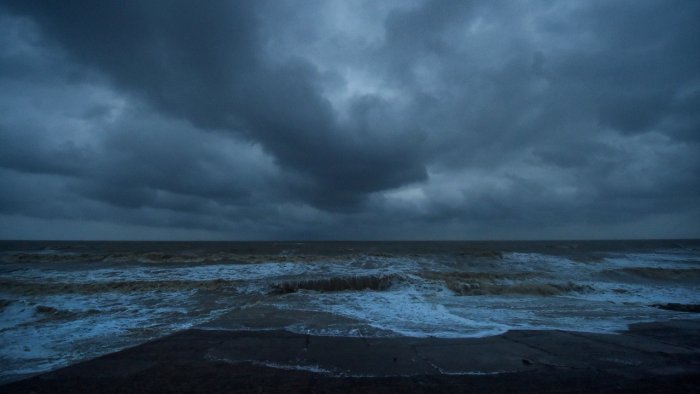
Mocha, Amphan, Fani: How and why do cyclones get their names?

Cyclone Mocha, the first major tropical storm of 2023 brewing in the Bay of Bengal, has been hitting the headlines across India since last week. But who names these storms? Have you ever wondered?
According to the World Meteorological Organisation, weather forecasters give names to tropical storms to avoid confusion. They are named according to the rules at the regional level.
For the Indian Ocean region, for instance, a formula for naming cyclones was agreed upon in 2004. Initially, eight countries in the region — Bangladesh, India, Maldives, Myanmar, Oman, Pakistan, Sri Lanka, and Thailand — contributed a set of names, which were assigned sequentially whenever a cyclonic storm developed. Iran, Qatar, Saudi Arabia, United Arab Emirates, and Yemen later joined the group.
Also read: Cyclone Mocha to intensify into severe storm by May 12: IMD
How are the names chosen?
Names that are easy to remember and pronounce are chosen; also, they must not be offensive or controversial. They are also chosen from a variety of languages so that people from different regions can identify with them.
Cyclone Mocha, for example, was proposed by Yemen, after a small fishing village in the country known for its coffee production. Incidentally, mocha coffee is also named after it.
The current list of names includes contributions from Bangladesh, Iran, Maldives, Myanmar, Oman, Pakistan, Sri Lanka, and Thailand. The next name in line is Biparjoy (meaning “devastation”) suggested by Bangladesh. Cyclone Fani, that hit the Odisha coast in 2019, was also named by Bangladesh.
In recent years, the IMD has started including names of cultural significance in the list. For example, the name Amphan, which means “sky” in Thai, was used for a massive cyclone that hit West Bengal in 2020.
Also read: Tropical cyclones augur well for mangroves, but…
Evolving tradition
The IMD’s tradition of naming cyclones is a way of involving different countries in the region and creating a sense of community around the shared experience of tropical storms. Cyclone Mocha is just the latest example of this tradition, which helps keep people safe and informed during times of crisis.
The naming system has evolved over time. In the early years, the names were chosen alphabetically, with one name assigned to each letter of the alphabet. However, this system was found to be confusing and difficult to remember, so the current system of pre-defined names was introduced.
In the Atlantic and southern hemisphere (Indian Ocean and South Pacific), tropical cyclones receive names in alphabetical order, alternating between women’s and men’s names.
In the Northern Indian Ocean, nations began using a new system for naming tropical cyclones in 2000. Names are listed alphabetically country-wise, and are neutral gender-wise. The name list is proposed by the National Meteorological and Hydrological Services of WMO Members of a specific region and approved by respective tropical cyclone regional bodies at their annual or biennial sessions.
(With agency inputs)

